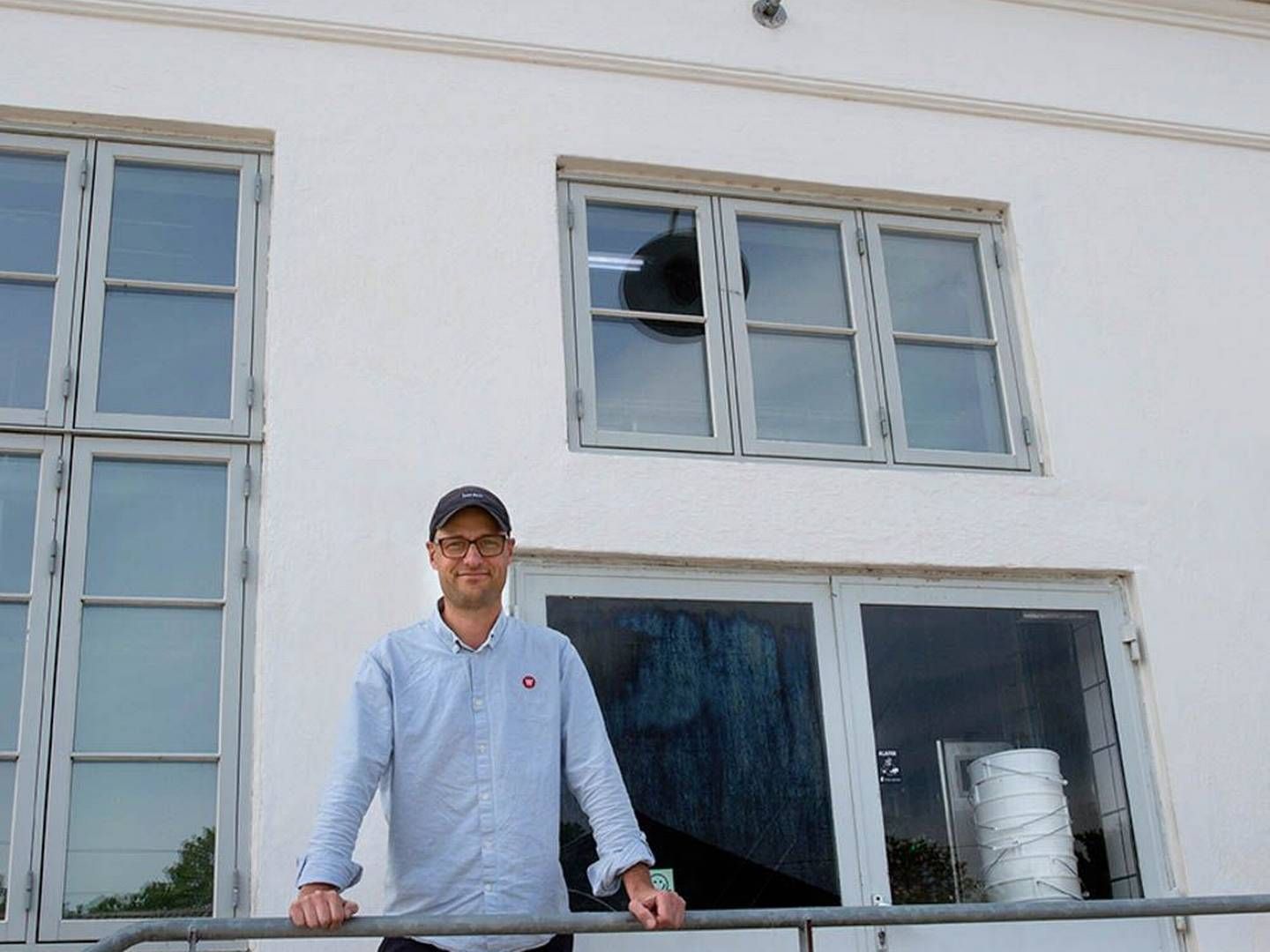Trend 4: Think out of the box
Internal communicators are beginning to juggle ideas and methods from its sister areas: HR, IT, CSR and marketing. Disrespectfully, they turn upside down established views on, for example, what an employee meeting can be, how a strategy can be conveyed to the organisation, or how an employee magazine is designed and distributed.
This takes courage and professional competence. An internal communicator form a larger IT company put it like this: "I would rather bother 20 per cent and excite 80 per cent, than end up having 100 per cent that just don't care. It takes a bit of edge and cheerfulness".
The most successful of these experiments found that employees start showing up at mass meetings – voluntarily; that the management start paying attention to their own communications skills; and a higher level of engagement because suddenly there is someone not just talking to me but also listening – they don’t talk down to me or above me, but in fact to me.
Lessons learned: If you, as an internal communicator, ask other employees to be ready for change you also have to be willing to change your own channels and methods. Which, by the way, can bring a lot of good with it.
Examples on initiatives
- Use the building: An internal employee health project was kicked off with an event where participants used the building's facilities for intensive exercise, stretches, etc.
Effect: a strong team spirit, great pictures for the employee magazine and employees that actually began working out more with their colleagues.
- A video replacing a printed manual: Instead of writing a long – and probably not very useful – manual, the C-department produced a video, with a live demo of how to use the intranet's most important functions.
Effect: A dramatic increase of the level of knowledge among users, and goodwill to the C-department for making it easy to be in the other end of the system.
- Dogma film: A C-employee brought a small camera and sought out project managers and other key staff in the organisation to ask them about their attitude towards a new project. Effect: The clip was used to make the attitudes and level of knowledge visible to the management team at a board meating.
- A USB that doesn't go missing: As important as USB sticks can be as a tool, they often go missing. A C-department produced a USB stick the size of a credit card and put the video presentation for a new business strategy on it. A handy little tool for employees, and it didn't go missing since you store it in your wallet – next to your real credit cards.
Effect: The employees saw the strategy presentation time and again, and got a clearer image of the way to success. It is proven to be a highly efficient tool to achieve organisational targets.
- Catching on: If a company has travelling employees, or simply employees with no regular computer access, entertaining and informative podcasts can be the way forward. And if you have access to employee's mp3 players, you're well underway.
Effect: Goodwill and a heightening of the level of knowledge within the internal targets groups that are often overlooked and/or heard.
- Say it with wax: One organisation was about to launch a new set of values after a merger. During a strategy day the employees were invited and asked to shape their input to the values in modelling wax.
Effect: The unexpected game about an important subject was able to put into words the employees' knowledge and attitudes, and the strategy became tangible to everyone.
- Ask employees in the cafeteria: Instead of doing a resource demanding survey, the C-department lined up outside the cafeteria with a tray of marshmallows. When the employees passed they answered a few questions, and came up with valuable comments for the department.
Effect: Quick answers to important subjects and goodwill from the organisation, so that they were able to return with a new survey another time.
Do you know any best practices in internal communication? Feel free to share your thoughts here.









































